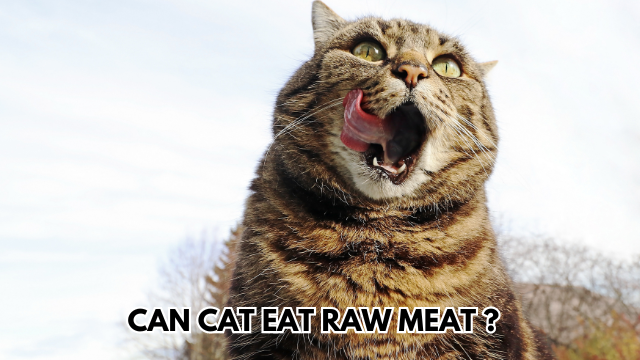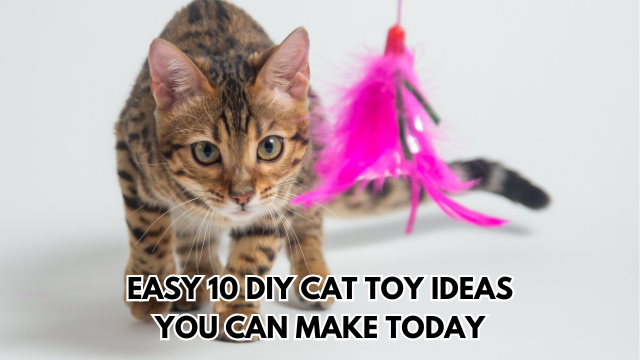“Fluff or fat?” That’s a question many cat owners find themselves asking, especially when their feline companion sprawls out, looking like a loaf of bread. Is My Cat Overweight or Just Fluffy?
Did you know that an estimated 60% of cats in the U.S. are overweight or obese, according to the Association for Pet Obesity Prevention?
It’s a startling statistic, but it’s no surprise considering our tendency to spoil our fur babies with treats and cuddles.
So, how can you tell if your cat is overweight or just blessed with extra fluff? Let’s break it down.
- What Makes a Cat Look “Fluffy”?
- Signs Your Cat Might Be Overweight
- Why Weight Matters
- How to Tell if It’s Just Fluff
- Helping Your Cat Maintain a Healthy Weight
- When to Seek Professional Help
- Bonus Tip
What Makes a Cat Look “Fluffy”?
First, let’s talk about fluff. Cats with long or dense fur, like Maine Coons or Persians, often appear larger than their short-haired counterparts.
Their thick coats can make it tricky to gauge their actual size. Even some short-haired cats can have a “fluffy” look if they’re well-fed or naturally stocky.
According to PetMD, a cat’s fur might hide their true body condition, but certain key physical checks can help you figure it out. More on that later!
Signs Your Cat Might Be Overweight
Fluffiness aside, there are specific signs that might indicate your cat is carrying a few extra pounds:
1. Feeling Their Ribs
Run your hands along your cat’s sides. You should be able to feel their ribs without pressing too hard. If you need to dig through layers of fat to locate them, your kitty might be overweight.
2. Their Waistline
When looking at your cat from above, there should be a noticeable “tuck” or waist behind their ribs. If they look more like a potato than an hourglass, it’s time to reconsider their diet.
3. Saggy Belly
Some cats have a primordial pouch, a loose flap of skin near their belly, which is normal. However, if the pouch is overly full or their belly sways significantly while walking, they might be carrying extra weight.
4. Lack of Energy
Does your cat spend more time lounging than leaping? While cats are known for their love of naps, excessive laziness can be a sign of weight issues.

Why Weight Matters
A chubby cat might look adorable, but being overweight can lead to serious health problems.
According to VCA Animal Hospitals, overweight cats are at risk for diabetes, arthritis, heart disease, and even reduced lifespan.
Extra weight also puts unnecessary stress on their joints, making it harder for them to move around or play.
And let’s face it—what’s life without those funny midnight zoomies?
How to Tell if It’s Just Fluff
If you’re still unsure whether your cat is overweight or just fluffy, here are some practical steps:
1. Do a Hands-On Check
Feel for your cat’s ribs, spine, and hip bones. A healthy cat should have a thin layer of fat over these areas but not so much that you can’t feel them.
2. Weigh Your Cat
While visual checks are helpful, weighing your cat provides a more accurate answer. Most cats should weigh between 8-10 pounds, but this depends on their breed and size. A Maine Coon will naturally weigh more than a Siamese.
3. Ask Your Vet
If you’re unsure, schedule a checkup. Based on expert advice from The Spruce Pets, a vet can help you determine your cat’s ideal weight and provide a plan if adjustments are needed.
Helping Your Cat Maintain a Healthy Weight
If your cat is indeed overweight, don’t worry—it’s a common issue with plenty of solutions. Here’s how you can help:
1. Adjust Their Diet
Check your cat’s food portion sizes. Many of us feed our cats more than they actually need. Use a measuring cup to ensure you’re not overfeeding.
According to Hill’s Pet Nutrition, high-quality, low-calorie cat food can help manage weight while ensuring your kitty gets the nutrients they need.
2. Incorporate Playtime
Encourage your cat to be more active. Invest in toys that stimulate their natural hunting instincts, like feather wands or laser pointers.
3. Limit Treats
Treats are a common culprit for weight gain. Instead of giving treats multiple times a day, reserve them for special occasions or as rewards during playtime.
When to Seek Professional Help
If your cat’s weight isn’t improving despite changes in diet and activity, it’s time to consult your vet.
Sometimes, underlying medical issues like hypothyroidism or Cushing’s disease can cause weight gain.

Bonus Tip: Keep an Eye on Weight Changes
Monitor your cat’s weight regularly by checking their body condition and weighing them at home. Small fluctuations are normal, but sudden changes could indicate a health problem.
If you’re unsure about your cat’s weight, take a photo of them from above and the side. Compare these images over time to track progress and spot changes. It’s like their personal fitness journey, but way cuter!
Read: Is it Cruel to Keep My Cat Indoors All Day?
Figuring out whether your cat is overweight or just fluffy takes a little effort, but it’s worth it for their health and happiness.
A healthy cat is a playful, energetic cat—and isn’t that what every pet parent wants?
Remember, every cat is unique, and what works for one might not work for another.
With a bit of care and attention, you can ensure your feline friend stays in tip-top shape.***
Watch Videos about Cat & Kitten Care on Youtube @naowthecat